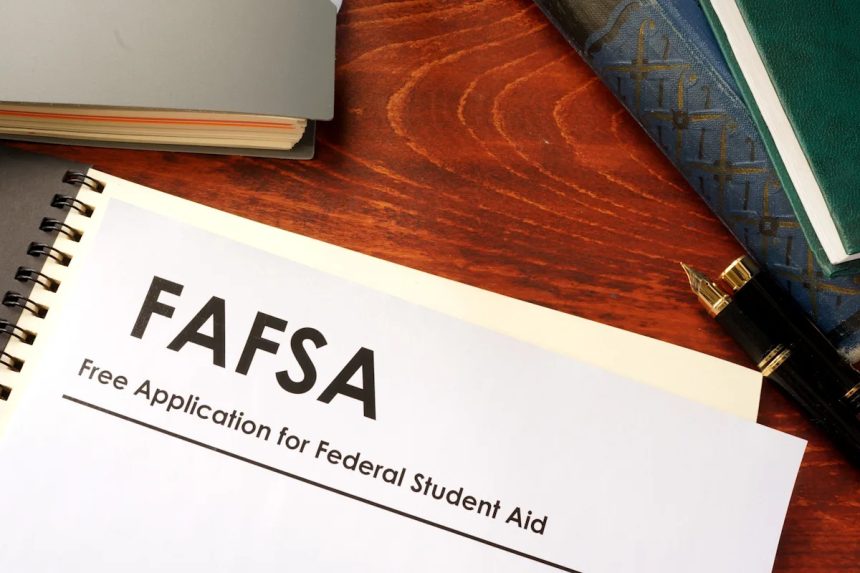The Free Application for Federal Student Aid, or FAFSA, is now open for applications a bit earlier this year.
Instead of its usual Oct. 1 date, the form opened on Sept. 24, allowing high school seniors and college students to start their 2026-27 school year financial aid journey a few days early. The deadline to apply is June 30, 2026.
Here are some answers to the top questions regarding the need-based financial aid distribution system.
More: Paycom to replace over 500 workers with artificial intelligence at Oklahoma City headquarters
Is FAFSA affected by the government shutdown?
No. The official FAFSA X account confirmed forms can still be submitted during the government shutdown. In addition, financial aid distributions are not affected and student loans should still be paid.
What is the maximum Pell Grant?
The maximum Pell Grant for the 2025-26 award year was $7,395.
Some people receive 150% of their scheduled award if they attend a summer or winter additional term.
Is FAFSA first-come, first-served?
It is. The quicker a student submits their FAFSA form, the higher the chances of receiving an award. It is not recommended to wait until the spring.
The Minnesota Office of Higher Education wrote, “students who file their FAFSA between October and December receive twice as many grants, on average, compared to students who completed their FAFSA later in the school year.”
More: Federal government shutdown could slow court proceedings if deal isn’t reached
What GPA do you need for FAFSA?
There is no required GPA to submit your form as an incoming freshman. However, you must maintain a minimum Satisfactory Academic Progress, typically a 2.0 or higher GPA or a C, during your college years to continue receiving financial aid.
Can FAFSA see my income?
FAFSA must obtain, with consent and approval, federal tax information automatically from the IRS. If those are not provided, the student will not qualify for federal aid.
What disqualifies you from FAFSA?
To be disqualified from FAFSA, you must not meet one of the basic requirements. Those include lacking a valid Social Security Number, not being a U.S. citizen or eligible non-citizen, or not having a high school diploma or equivalent.
Factors that can lead to loss of eligibility include not maintaining the needed SAP, incarceration, defaulted student loans, enrollment changes and reaching grant limits. FAFSA recipients must also resubmit their form each year to maintain eligibility.
More: Several types of scams target older adults in Oklahoma. Here’s what to look out for
This article originally appeared on Oklahoman: FAFSA now open to Oklahoma students despite government shutdown









